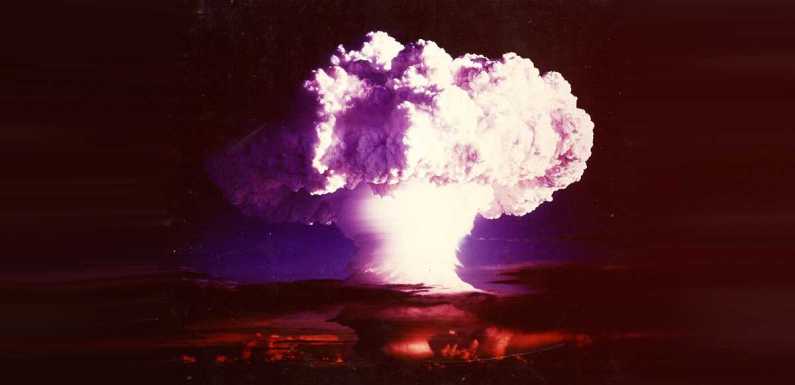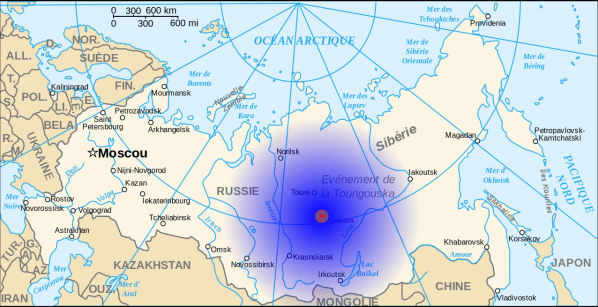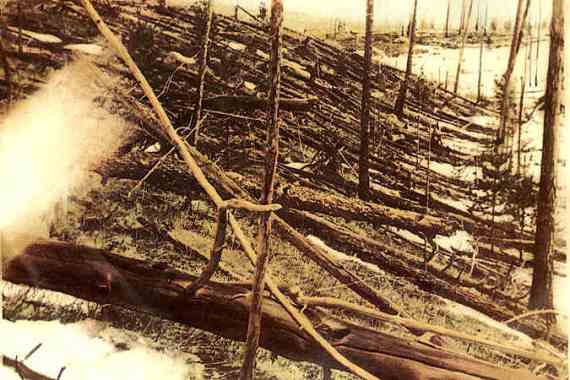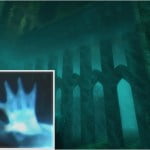
June 30, 1908, commenced only as a usual day in the Russian taigas. However, a mystery case wrapped the whole day when a huge fiery object exploded near Tunguska River.
Witnesses stated that a fireball grooved across the day sky, taking a few moments to explode in the atmosphere.
The whole event occurred just beyond the Siberia’s Podkamennaya Tunguska River, present-day Krasnoyarsk Krai of Russia.

Over hundred years later, this abnormally potent explosion still remains a mystery among the public. Nobody ever discovered what actually happened in Tunguska.
The blast that bewildered the air above the Siberian forest was estimated around 160 to 330 feet wide and it wasted many miles from the forest. Around 80 million trees ended up destroyed and hundreds of reindeer died.
Back in the days and even now, this devastating event shook up the world. The houses in the town nearby had shattered windows and the frightened residents even felt the heat on their skin.
And while the event was highly destructive, it was pure luck that it happened in a lightly populated area.
The reports said that there were no other human victims but only a sheepherder who died when he crashed into a tree.
Now, we can only imagine the worst-case scenario. What if it happened in a highly populated city, like New York or London? There would have been thousands of human casualties, as you can imagine.
Over a decade, nobody conducted a complete scientific expedition to the huge region.
In 1921, Leonid Kulik, a keeper from the St. Petersburg Museum who worked with meteorite collections, made an effort to carry out the first expedition to the place.

During this expedition, his crew couldn’t discover what happened and why. Namely, they couldn’t reach the area due to harsh weather conditions in Siberia.
However, six years later, Kulik performed another Soviet research expedition regarding the Tunguska event. This time, he made it to the place.
His first effort was to try to obtain a conversation with the locals and gain information what of what happened. According to him, the eyewitnesses were hesitating whether to talk or not.
Apparently, they considered the unusual occurrence to be a visit from the god Odgy who cursed the area and destroyed many trees and animals.
So, as you suppose, testimonies were hard to obtain. But, on the other hand, the 800 square miles of the destroyed forest painted the whole pictures.
Trees were torn on the ground, creating some form of a weird spiral. Furthermore, all of them were turned with their roots toward the impact point. And there were no signs of meteorite fragments or craters.

In the next years, scientists attempted to rationalize many explanations yet it was hard to do it. They varied from an asteroid swallowed by Earth to a UFO attack and a black hole opening.
On the contrary, some rational theories assumed that the Tunguska event actually has a scientific explanation. They said that most likely it was a small icy comet or a stony asteroid that collided with Earth’s atmosphere.
The explosion happened more than a century ago, so whatever will say it will be a mere speculation.
Despite the lack of details, experts seem to have reached an agreement. They said that any remains of the stellar body dissolved to dust within the collision process and thus we couldn’t find them on Earth. This probably happened, give or take, 10 miles above the ground.
Meanwhile, the Tunguska event still remains one of the most mysterious events in our history.
To understand how powerful it was, just imagine the power Hiroshima atomic bomb had. The Tunguska event produced 185 times more energy than the Hiroshima bomb, and that is just a crude calculation.









